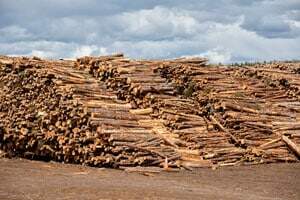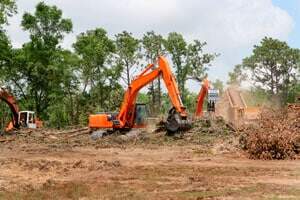 The oceans were once thought of as vast and endless repositories of fish and food for human consumption. The bounty was plentiful and there for the taking, and mankind perceived the right and capacity to source all manner of seafood from the ocean’s currents and seas. But as conservation and green living has become a reality, so too has the realisation that our oceans are not an endless and unlimited source of food for us. They are finite reserves, carefully and sometimes precariously balanced, requiring forethought, management and even restrictions to ensure ongoing survival and viability.
The oceans were once thought of as vast and endless repositories of fish and food for human consumption. The bounty was plentiful and there for the taking, and mankind perceived the right and capacity to source all manner of seafood from the ocean’s currents and seas. But as conservation and green living has become a reality, so too has the realisation that our oceans are not an endless and unlimited source of food for us. They are finite reserves, carefully and sometimes precariously balanced, requiring forethought, management and even restrictions to ensure ongoing survival and viability.
Tuna is one such fish now considered under threat. Five out of eight of the world’s species of tuna are urgently in need of protection. Extinction is a real possibility and Australia’s Southern Bluefin Tuna is one of those most endangered.[1] The statistics are delivered in the Red List of Threatened Species which was produced by the International Union for the Conservation of Nature (IUCN).
These IUCN Red List assessments and statistics were developed in consultation with many international scientists from Fisheries Management Organisations, international conservation organisations and also government agencies, universities, independent fisheries research institutions and other bodies.
On the 11th July 2011, the IUCN released its findings with the following being placed in the Near Threatened IUCN or Threatened Categories:
- Southern Bluefin Tuna
- Atlantic Bluefin Tuna
- Bigeye Tuna
- Yellowfin Tuna
- Albacore
Many of these species have exceedingly high economic value and the information may assist governments to develop appropriate fisheries management strategies to monitor and safeguard against their extinction.
Dr. Bruce Collette who is the current Chair of the IUCN Species survival commission’s (SSC) Tuna and Billfish Specialist Group has said that “this is the first time that fishery scientists and ichthyologists and conservationists have come together to jointly produce an assessment of the threats facing a commercially important group of fishes.”[2]
Australia’s Southern Bluefin
Dr Kent Carpenter from the IUCN’s Marine Biodiversity Unit has stated that “all 3 of the Southern Bluefin Tuna species are susceptible to collapse under continued excessive fishing pressure.” He has also made it very clear the Australian Southern Bluefin has already crashed in numbers, with very little hope or possibility of it recovering. The IUCN maintains these species must be managed appropriately and that a shutdown or wind down of the fisheries stocks until a point in time when they are rebuilt somewhat, would be the best strategy in the immediate term.
Even if legal fishing of the tuna was suspended for a period of time, the problem of escalated illegal fishing of these species would be another concern that would require overseeing. Management of the problem needs to encompass both legal and illegal fishing of the threatened tuna species.
Envirosafe Solutions has long supported a healthy and responsible attitude to our oceans and waterways, and that is why its products are phosphate reduced and have a low impact on water quality. Call Envirosafe Solutions and talk to a sales representative about economically viable and environmentally sustainable cleaning and liquid products that will not hurt our precious oceans and marine life. Envirosafe Solutions 1300 889070.
[1] http://www.theaustralian.com.au/news/world/tuna-species-under-threat/story-e6frg6so-1226090508368


























